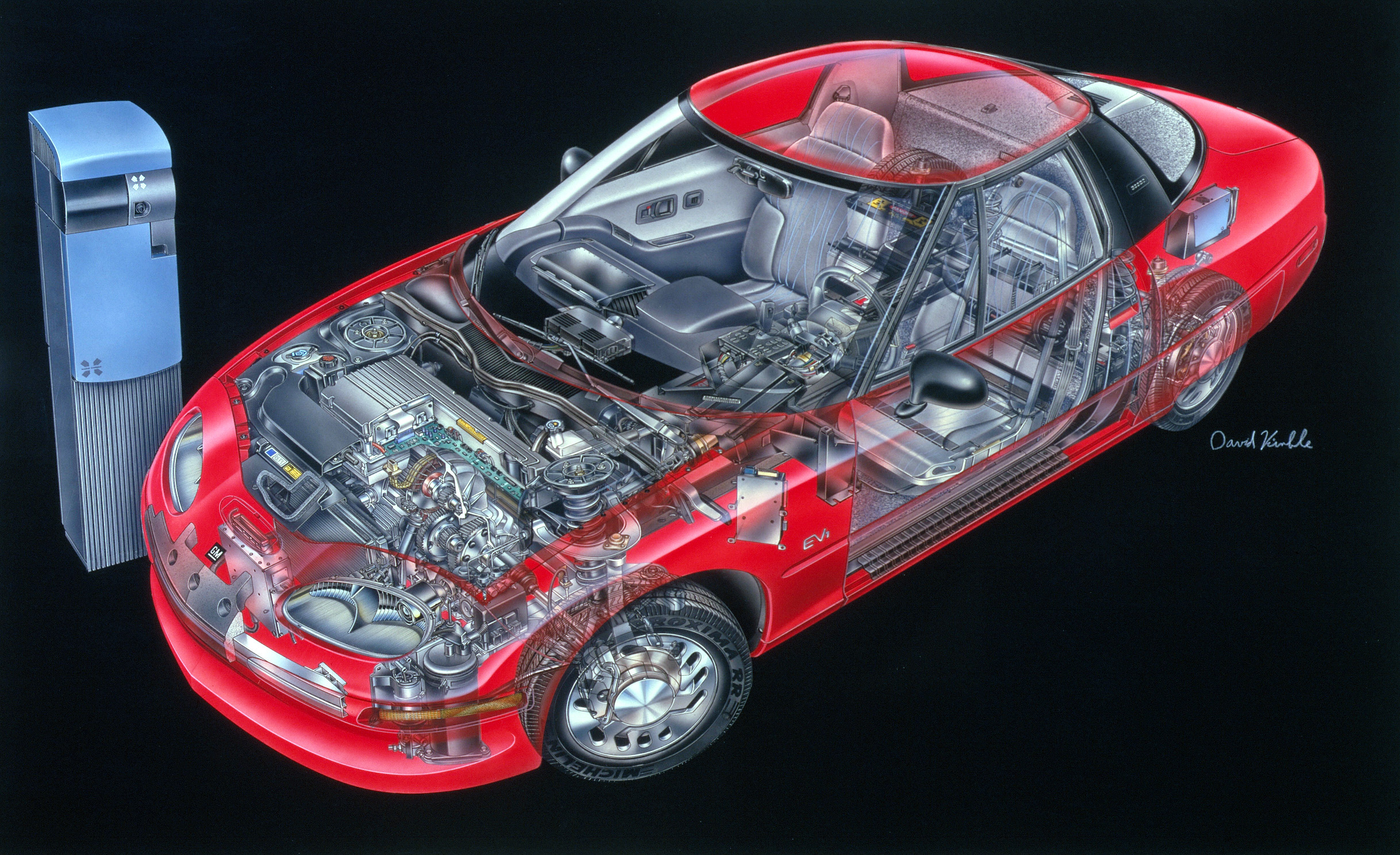It’s commendable when a car design team comes up with an idea that defies convention, but while it has sometimes paid off, the envelope can be pushed either too early, or the wrong way entirely.
From electric cars that came too soon, to concepts to change the face of mobility as a whole, these are the outlandish cars that tried in vein to be inventive.
Sinclair C5
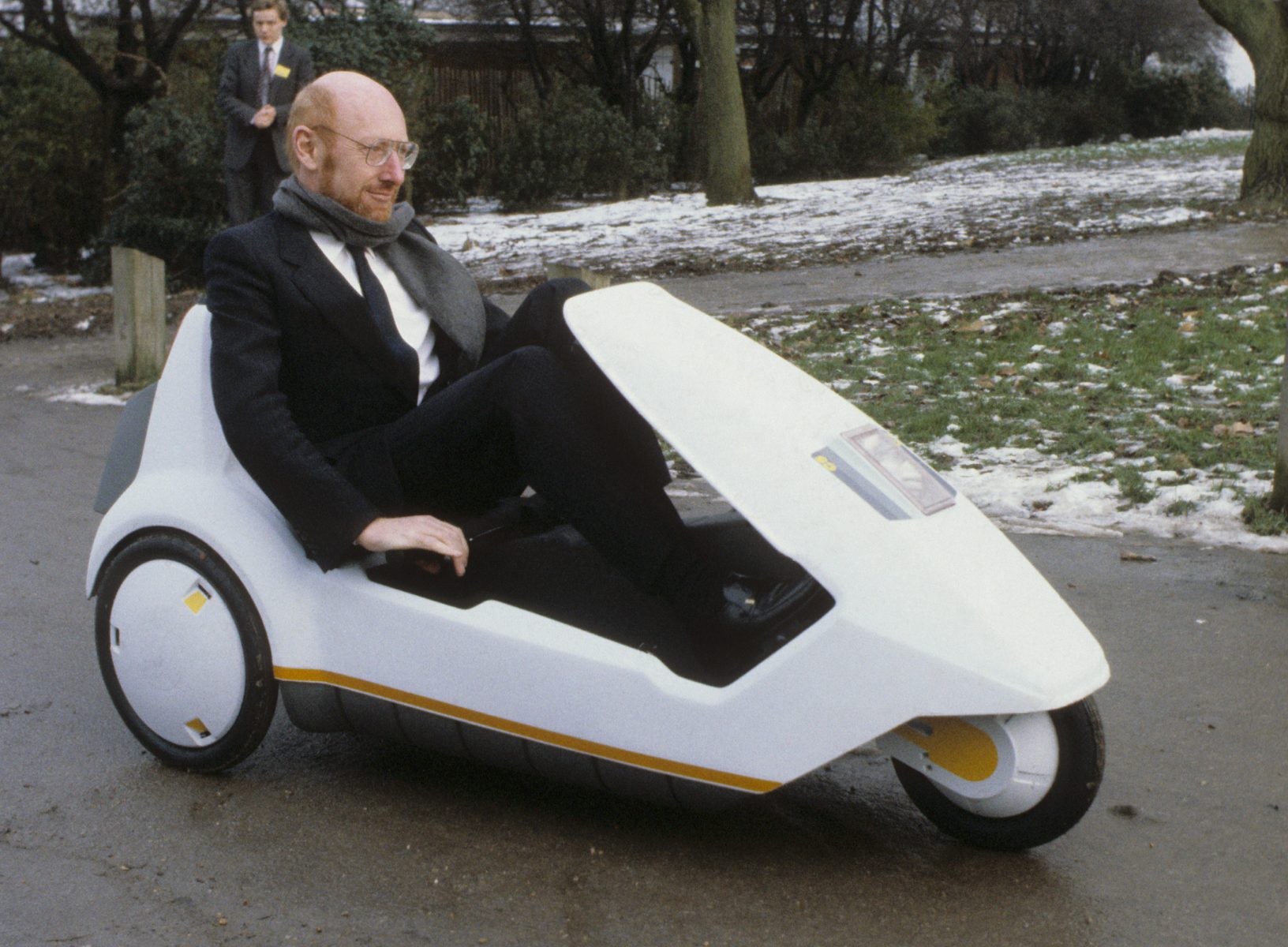 Sir Clive Sinclair made headway in the early days of computing with his eponymous company and products like the ZX Spectrum, but not all ventures equated to success for the entrepreneur.
Sir Clive Sinclair made headway in the early days of computing with his eponymous company and products like the ZX Spectrum, but not all ventures equated to success for the entrepreneur.
His interest in electric cars resulted in the formation of Sinclair Vehicles, which debuted the pedal-assisted C5 in January 1985. Production had stopped by August, and the company as a whole went into liquidation in November, after sales and reviews of the early EV proved equally poor.
While the C5 still retains something of a cult following today, don’t expect a revival any time soon; the concept is likely not best suited to the modern world of legislation and lawsuits.
General Motors EV 1
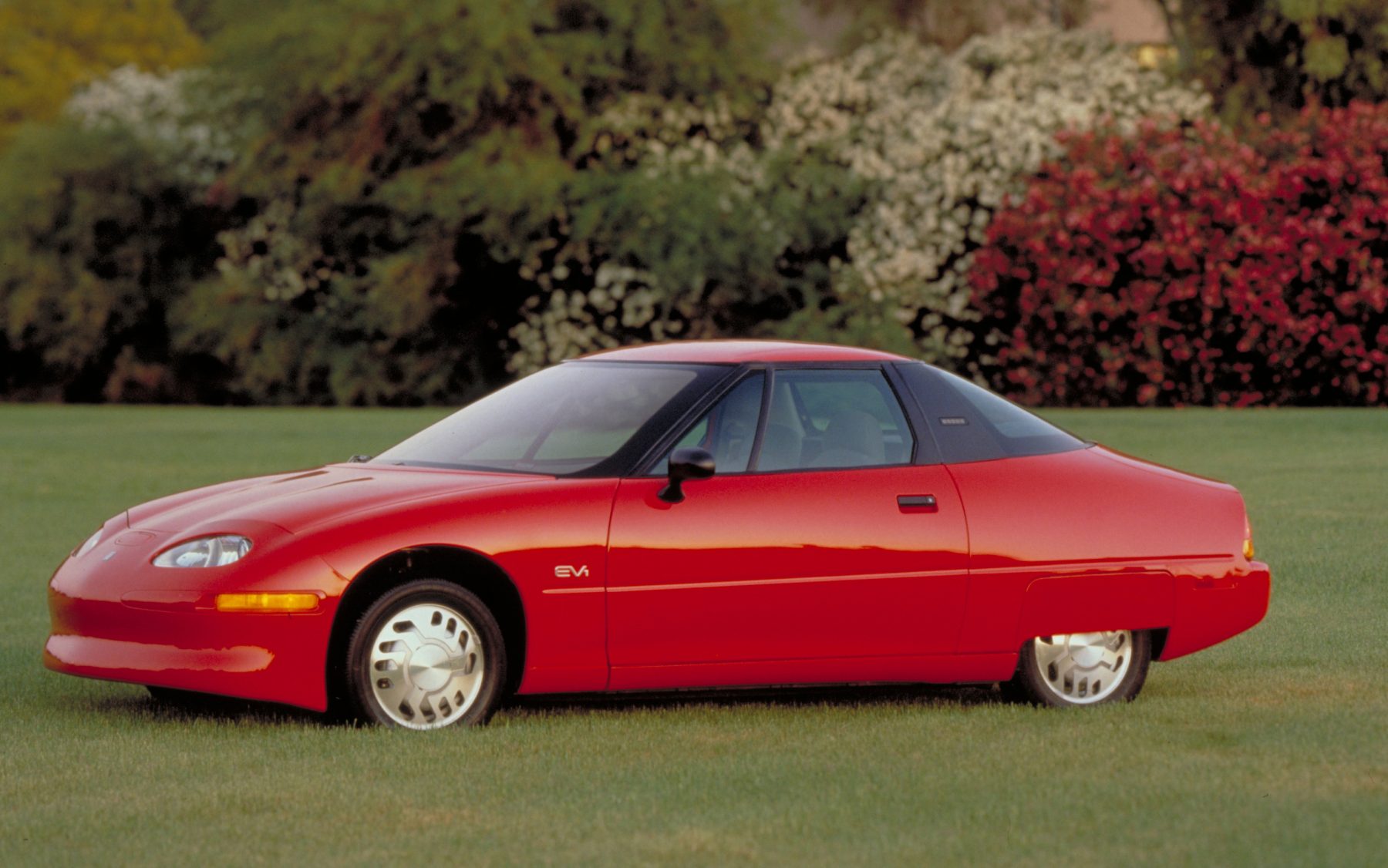 With a touted electric range as high as 160 miles (for post-1999, second-generation cars), and charging times that still don’t read terribly today, the General Motors EV 1 looked like a real leap-forward in emissions-free motoring when it debuted in 1996.
With a touted electric range as high as 160 miles (for post-1999, second-generation cars), and charging times that still don’t read terribly today, the General Motors EV 1 looked like a real leap-forward in emissions-free motoring when it debuted in 1996.
The cars were distributed to the public on a lease basis, and in 2002, all of the cars were pulled from the road. Controversially, a majority were then destroyed, while others would arrive at educational establishments or museums in deactivated form.
While those who leased the cars understandably didn’t want to let them go, an alleged cost to GM of $250,000 per car versus a $300 per month lease fee may go some way to explaining the project’s demise.
Nissan GT-R LM Nismo
 It is rare that we feature racing cars in lists of this nature, but it’s equally rare for a manufacturer this big to make something this radical, and for it to go this badly wrong. Nissan was hardly coy with the project, either; the GT-R LM Nismo even played a starring role in a Super Bowl advert in 2015.
It is rare that we feature racing cars in lists of this nature, but it’s equally rare for a manufacturer this big to make something this radical, and for it to go this badly wrong. Nissan was hardly coy with the project, either; the GT-R LM Nismo even played a starring role in a Super Bowl advert in 2015.
That year’s Le Mans 24 Hours saw the racing debut of the car, which was unique among its premiere (LMP1) class rivals for being front-engined. It also delivered its internal combustion engine power to the front wheels, with an electric motor delivering power to the rear axle.
Unfortunately, development for the GT-R was troubled, and on race weekend the car was 20 seconds per lap off the pace. None of the three entries were classified as finishers, and while development continued until the year’s end, the project was cancelled before it ever raced again.
Proton Gen-2
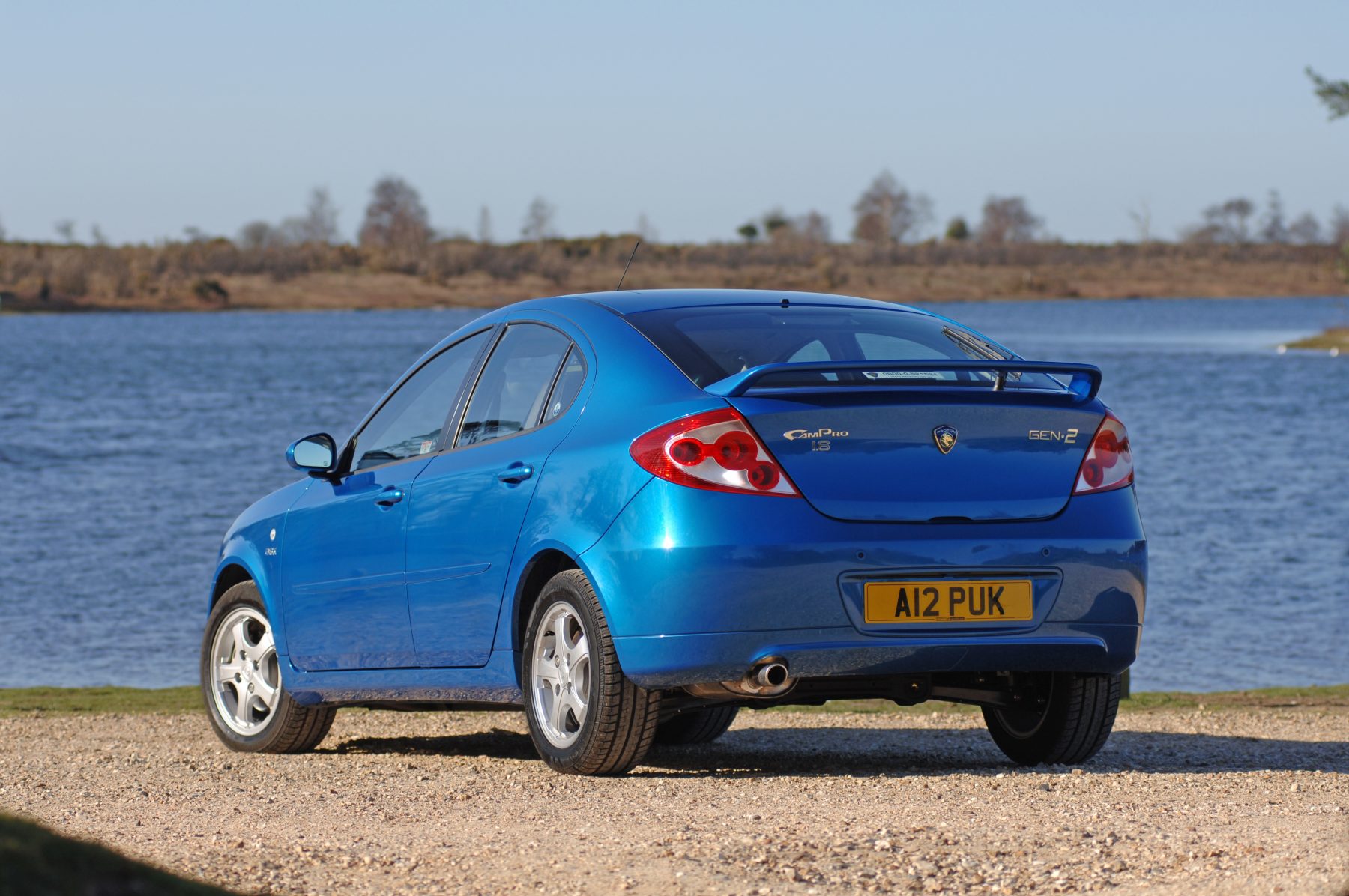 Sold in the UK as a unique ‘dual-fuel’ car, the Gen-2 could accept either petrol or LPG. The fact that it could be fuelled on the latter was touted as the main selling point for the Proton, which was a problem for two reasons.
Sold in the UK as a unique ‘dual-fuel’ car, the Gen-2 could accept either petrol or LPG. The fact that it could be fuelled on the latter was touted as the main selling point for the Proton, which was a problem for two reasons.
Firstly, LPG wasn’t readily available at many fuel stations when the Gen-2 arrived in 2008 – and it still isn’t a decade on – plus, beyond the duel-fuel gimmick, it wasn’t a particularly great car.
DMC DeLorean
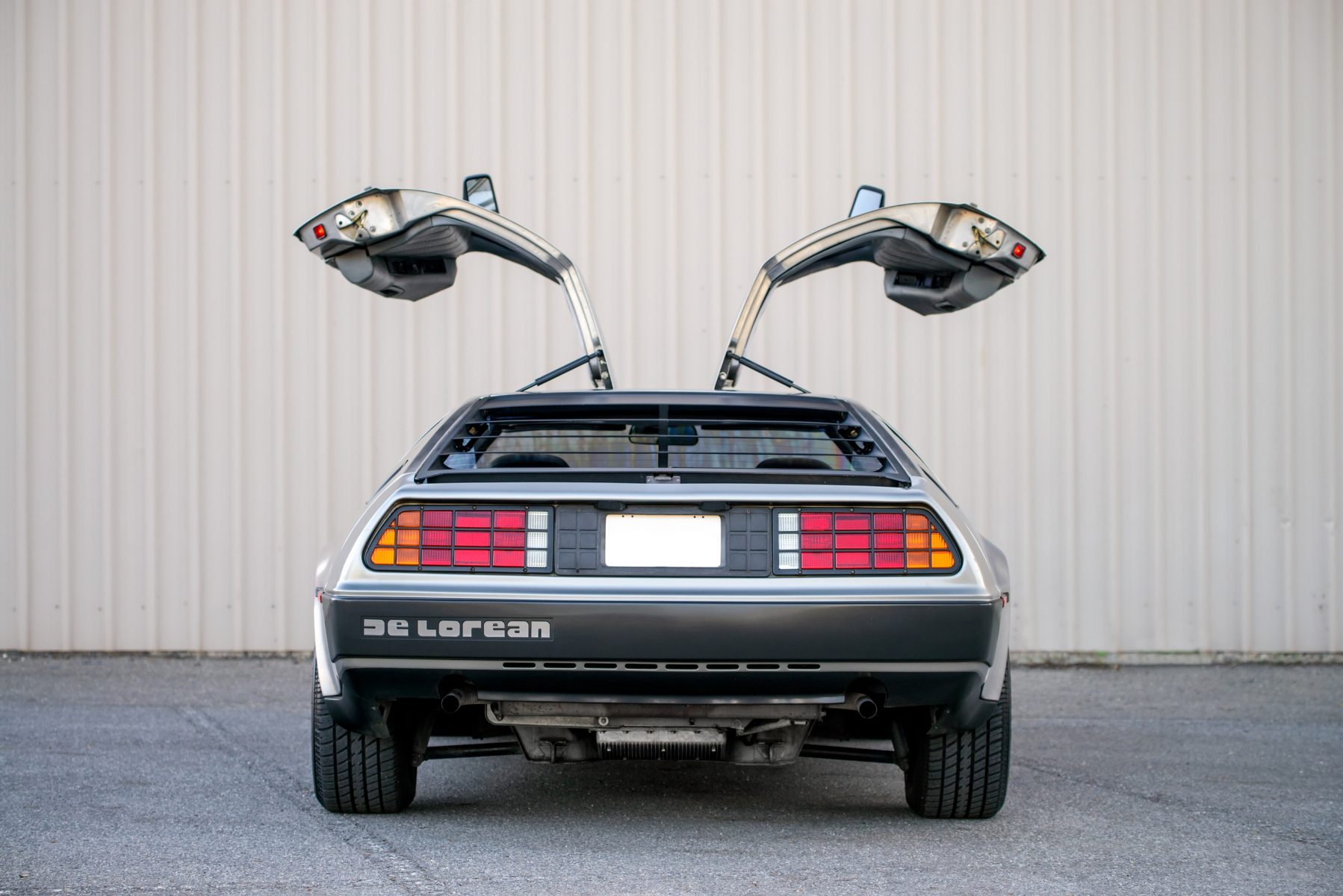 The worst thing a manufacturer can do is yell from the rooftops about proposed innovations, and then fail to deliver.
The worst thing a manufacturer can do is yell from the rooftops about proposed innovations, and then fail to deliver.
The DeLorean was supposed to feature a Wankel rotary engine, and the chassis was to be built using a new manufacturing method dubbed elastic reservoir moulding. However, both of these plans, as well as other outlandish ideas, had to be scrapped, and the car was instead almost completely re-engineered.
A brief production run of what proved to be an underpowered, far from perfect vehicle persisted from 1981 to 1983 in Northern Ireland. From there, it was destined to be a history book footnote, until Marty McFly arrived to propel the car to 88mph and perpetual cult icon status.
Aston Martin Lagonda
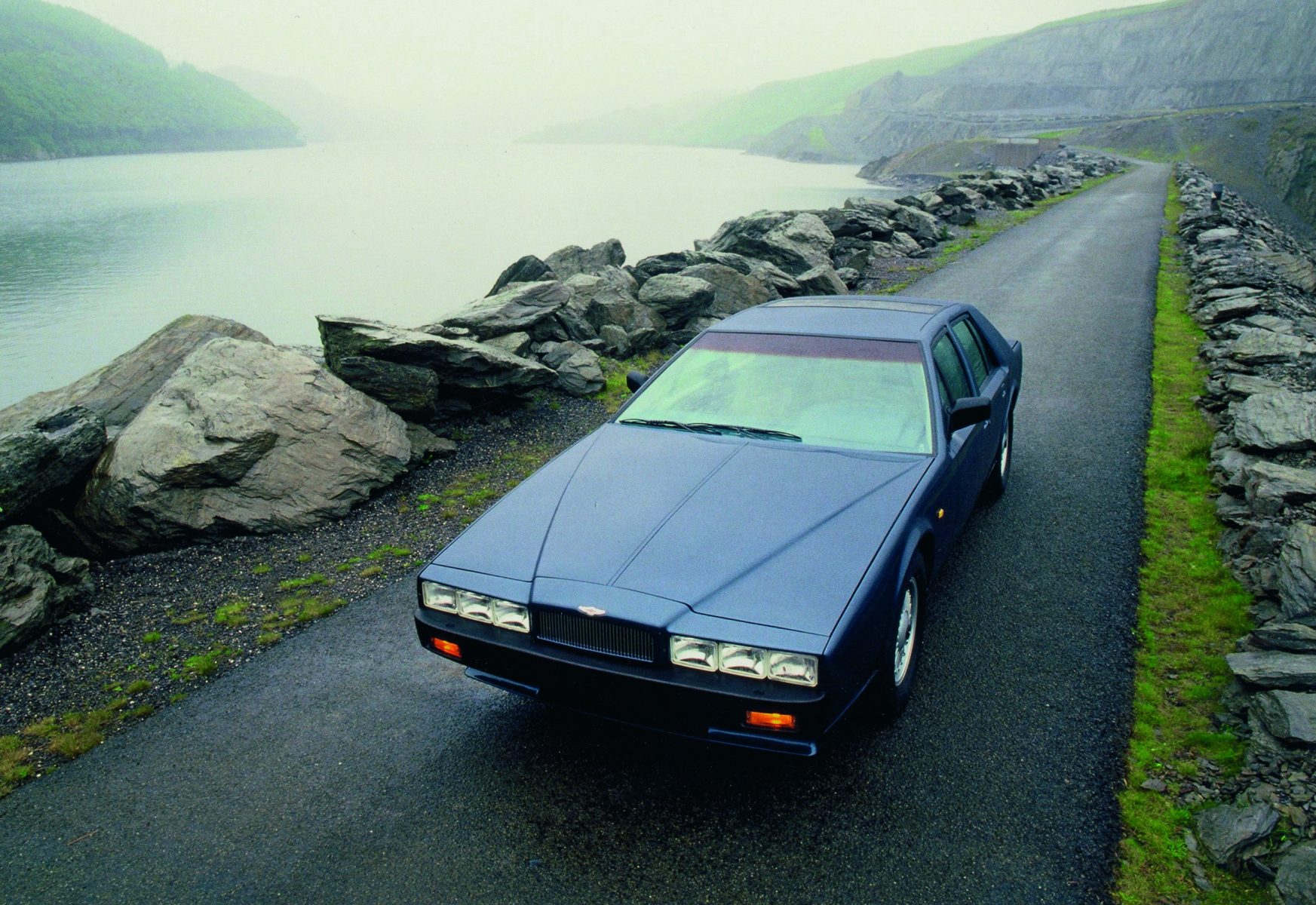 With a look that can generously be described as bold, the Lagonda really owed it to itself to be as radical as its design would have you believe. And to Aston Martin’s credit, it certainly tried.
With a look that can generously be described as bold, the Lagonda really owed it to itself to be as radical as its design would have you believe. And to Aston Martin’s credit, it certainly tried.
With LED dashboard displays, touch pad controls, a gas plasma display and plenty of other quintessentially 1970s innovations, the interior of the Lagonda was straight out of a Tomorrow’s World episode.
Unfortunately, these innovations were as unreliable as they were bewildering to customers, and despite soldiering on from 1974 until 1990, well under 1,000 were built and sold.

